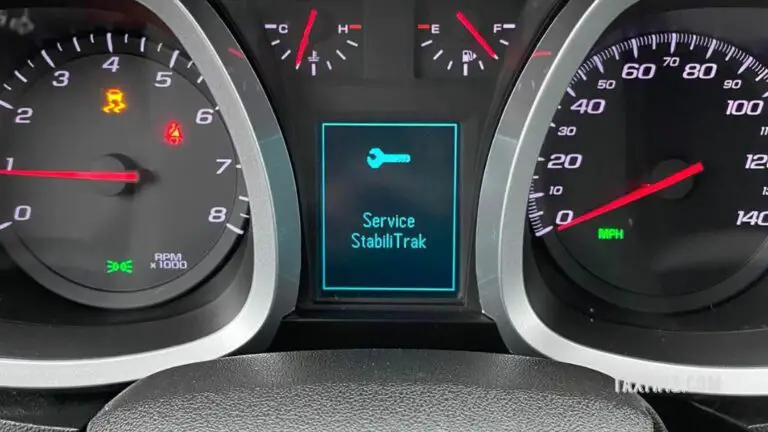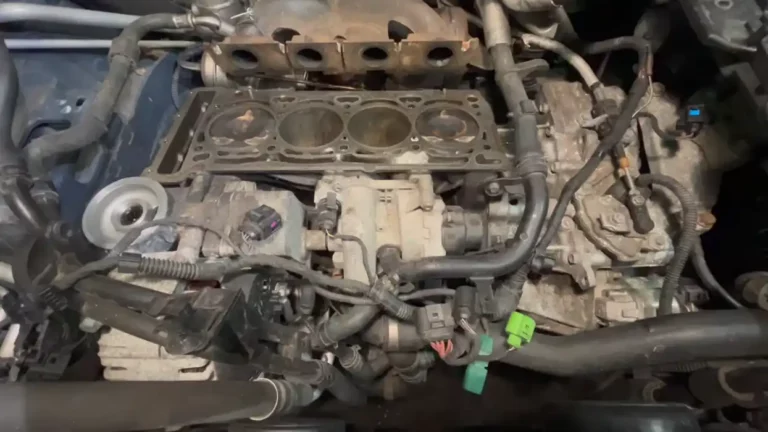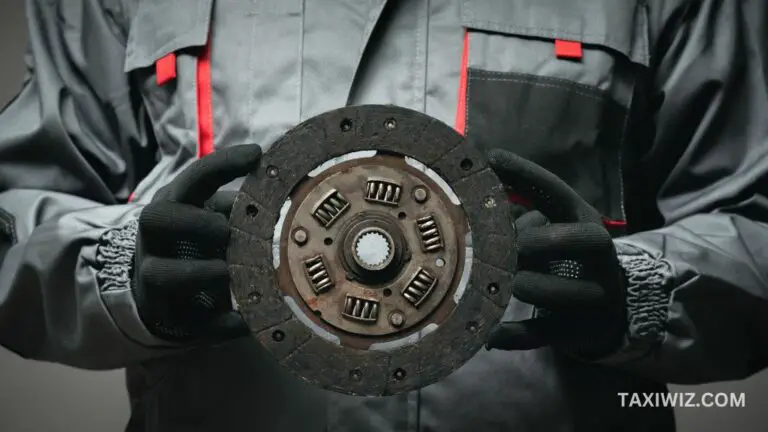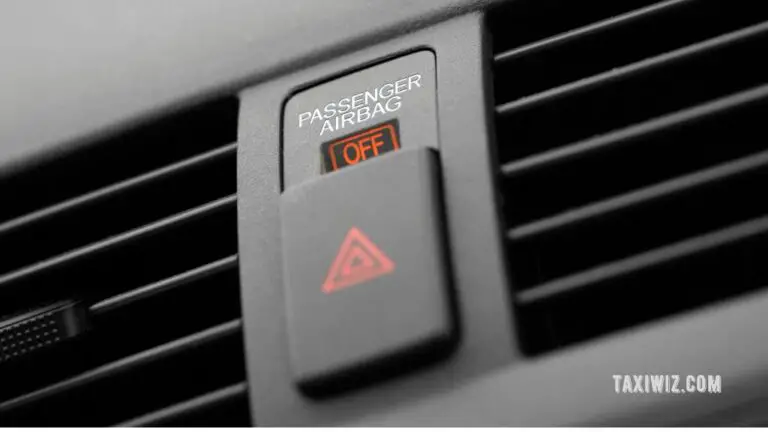Will Disconnecting Battery Reset Crankshaft Sensor?
For vehicle component sensor issues, disconnecting the battery can sometimes result in a positive outcome.
But will disconnecting the battery reset the crankshaft sensor?
Well, this is a difficult question to answer. Sometimes it may reset the sensors, and sometimes it might not.
Most of the time, disconnecting the battery will reset the ECU and clear error codes. This applies to crankshaft sensor errors as well.
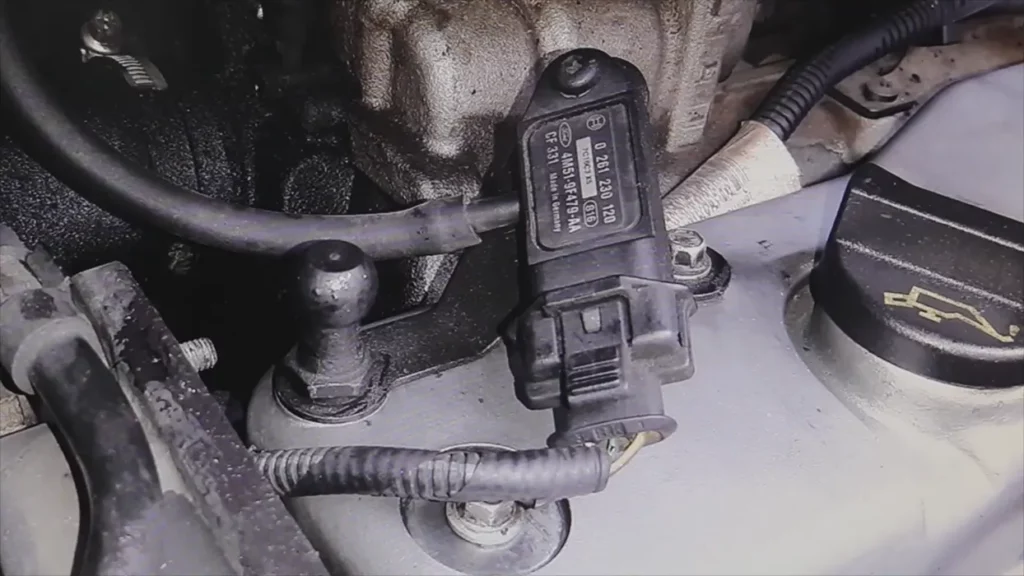
How the Process Functions?
The ECU is the core of the engine management system and constantly monitors signals from the crankshaft to ensure proper engine operation.
It gathers input from the crankshaft sensor and uses this information to determine the precise timing for fuel injection, ignition, and other engine parameters.
In some cases, the ECU may encounter issues or anomalies related to the crankshaft sensor, which may be triggered by various factors.
When these issues occur, the ECU will store error codes or adapt its internal parameters based on the faulty data received from the sensor.
If that happens, the ECU will inform the driver by illuminating the Check Engine Light.
How to Remove the Error Sign?
To get rid of this error sign, you can opt to reset the battery by disconnecting and reconnecting it.
By disconnecting the battery, you will interrupt the proper power supply to the ECU.
This will cause the ECU to lose its currently stored memory and will force it to reset some internal parameters to their default values.
Most of the time, it is the values that have been added to the memory recently. This process is often referred to as the ECU reset.
During an ECU reset, the ECU clears any stored error codes and adaptations it has learned over time.
So, it may also include adaptations related to the crankshaft sensor. As a result, the ECU reverts to its factory settings and initial calibration.
Afterward, when you reconnect the battery, the ECU restarts and begins relearning and adapting to the engine’s operating conditions.
It will start to collect data from scratch. This means that there will be new baseline values that will be established & adjusted to the engine parameters for the crankshaft.
In some cases, this reset process can resolve certain issues related to the crankshaft sensor.
Especially if the problem was caused by a temporary glitch or incorrect readings stored in the ECU’s memory.
Can there be more Issues?
That being said, it’s important to note that an ECU reset is not a guaranteed solution for all crankshaft sensor problems.
If the sensor itself is faulty or there are other issues that are disrupting proper data flow, then just disconnecting the battery will not provide a lasting solution.
It may only remove the warning lights for a while, but they will be back.
That is why we recommended to consult the manufacturer’s documentation or seek professional guidance with issues related to the vehicle engine and performance.
Does Resetting Have Any Negative Effects on the Crankshaft Sensors?
Disconnecting the battery to reset the ECU shouldn’t have any direct negative impact on the crankshaft sensor itself.
This is due to the fact that the crankshaft sensor is a passive component that detects the position and rotational speed of the crankshaft. It doesn’t rely on the ECU.
Remember that resetting the ECU can be detrimental if there are issues with the crankshaft sensor, like physical damage or faulty components.
This is because it may provide a temporary fix, but it will just hide the problem for a while. The physical condition can’t be overwritten like a software glitch.
That is why if you see the signs of a problematic crankshaft sensor, then it’s best to have it inspected and diagnosed separately.
A qualified mechanic or automotive technician will be able to perform the necessary tests and determine if there are any specific issues with the sensor itself or its related components.
They can then provide appropriate recommendations for repair or replacement if needed. You can also look out for the common signs by yourself.
What Will Happen After an ECU Restart?
Apart from seeing the crankshaft sensor error notification being temporarily or permanently (if it was a software glitch) fixed. You can expect the following from an ECU restart:
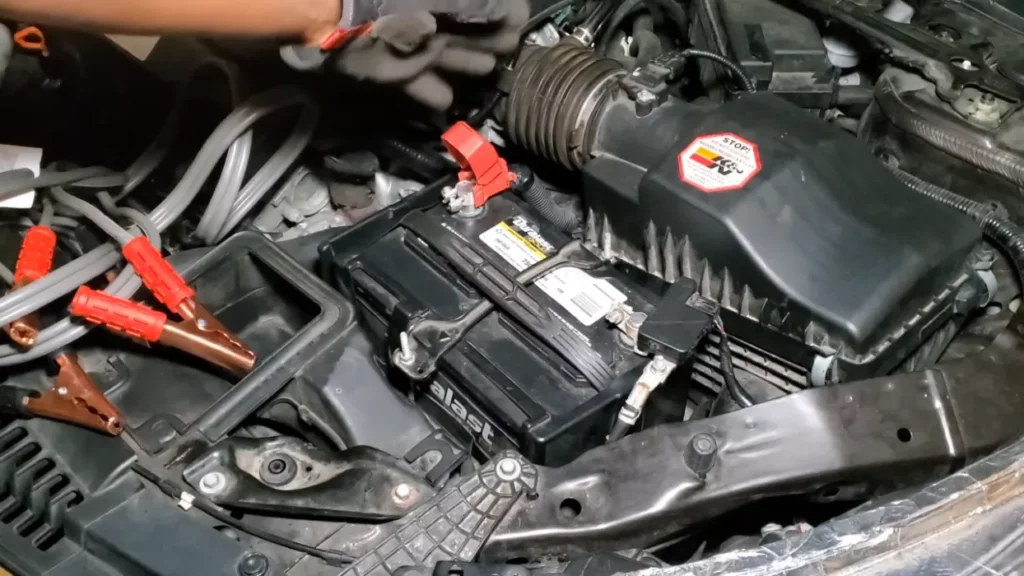
Loss of Settings
Disconnecting the battery can result in the loss of certain settings and preferences in your vehicle. You’ll need to reconfigure these settings after reconnecting the battery.
For example, your radio presets, clock time, seat positions, and other personalized settings may be reset to their default values.
Disruption of Other Systems
You may perform an ECU reset to fix your crankshaft issue, but this will also affect the other residing systems.
Resetting the battery can momentarily disrupt other systems in your vehicle.
For instance, if your vehicle has an anti-theft system or immobilizer, disconnecting the battery may trigger its activation and require a security code or procedure to reactivate the system.
Other system functions may also fail, or you may have to go for manual activations for some.
System Relearning Period
As a reset wipes out all the data from the ECU memory.
After an ECU reset, the management system takes a good amount of time to relearn and adapt to the engine’s operating conditions.
During this relearning period, you will experience slightly altered engine performance.
This can include changes in idle speed, gear shift patterns (for automatic transmissions), and fuel consumption.
These variations aren’t permanent and will come back to their original state as the system relearns and adjusts.
Loss of Error Code History
As mentioned earlier, resetting the battery erases the stored fault code history in the ECU.
This may take out the warning signs, but doing so can make it more challenging for technicians to diagnose any issues the vehicle is suffering from.
They face this problem as they won’t have access to the previous fault code information.
Related Post: Can A Bad Crankshaft Sensor Cause No Start?
What to Do If the Crankshaft Issue Remains After Resetting the Battery?
After resetting the battery, if you’re still experiencing crankshaft sensor issues, here are some steps that you can take to further diagnose the sensor issue:
Step – 1: Scan for Error Codes
Once you have performed a system reset and still see signs of crankshaft sensor issues, let the system pass through the relearning period.
Afterward, connect a diagnostic scanner to your vehicle’s OBD-II port and retrieve any error codes stored in the ECU.
These codes can tell you if it is an issue with your crankshaft sensor.
You should do this before resetting the battery also. This way, you can be assured that the sensor issue is not a glitch.
Step – 2: Inspect the Wiring & Electrical Connections
Electrical issues can trigger sensor issues, so look for any hints of damage, corrosion, or faulty connections.
Step – 3: Clean the Sensor & Surrounding Area
This is one of the most ignored steps when it comes to sensor diagnosis and repair.
Sometimes, the sensors aren’t able to perform optimally due to dust and dirt blocking their operation. The crankshaft sensors are no exception to this.
You should clean both the sensor and the reluctor ring using an appropriate cleaner and a soft cloth. Ensure that there is no dirt, oil, or blocking the sensor’s operation.
Step – 4: Check Sensor Alignment
While you are cleaning, you should also verify whether the crankshaft sensor is properly aligned with the reluctor ring or not.
Make sure that there is no excessive gap or physical interference between them, and adjust the sensor position if necessary.
Step – 5: Test the Sensor
Once you have done all of the previous steps, you may test the sensor and see if you still witness the signs of a failed crankshaft sensor.
If the above steps don’t resolve the issue, you may need to perform further tests on the crankshaft sensor.
This typically involves using a multimeter or an oscilloscope to measure the sensor’s output voltage or waveform while the engine is running.
These are complicated testing methods and require proper knowledge and experience. So, we recommend you seek professional help.
Related Post: Bad Crankshaft Position Sensor Symptoms – All You Need to Know
Frequently Asked Questions [FAQs]
How long should the battery be disconnected to reset the crankshaft sensor?
To reset the ECU, you typically need to disconnect the battery for a few minutes so that the residual charge can dissipate and the ECU can clear its memory.
That being said, the exact duration may vary depending on the vehicle model and manufacturer recommendations.
Is disconnecting the battery the only way to reset the crankshaft sensor?
No, disconnecting the battery is one method to reset the ECU, which can indirectly impact the crankshaft sensor. Still, you can reset the crankshaft sensors in other ways, like using diagnostic tools or performing specific procedures.
How often should the crankshaft sensor be reset?
The crankshaft sensor does not require regular resetting unless specific issues warrant troubleshooting.
Are there any specific precautions to take when disconnecting the battery to reset the crankshaft sensor?
No, you just need to follow the general procedures to ensure safety and prevent any damage to the electrical system.
Final Thoughts
Disconnecting the battery will reset the crankshaft sensor sometimes.
But it is usually a temporal solution to your crankshaft issues and doesn’t solve the problems unless it’s a software glitch.
Therefore, don’t be ignorant and let a faulty crankshaft sensor damage your vehicle and shorten its lifespan. When you see the signs, take proper steps.
Related Post: How Much Is A Crankshaft Seal Replacement Cost?

